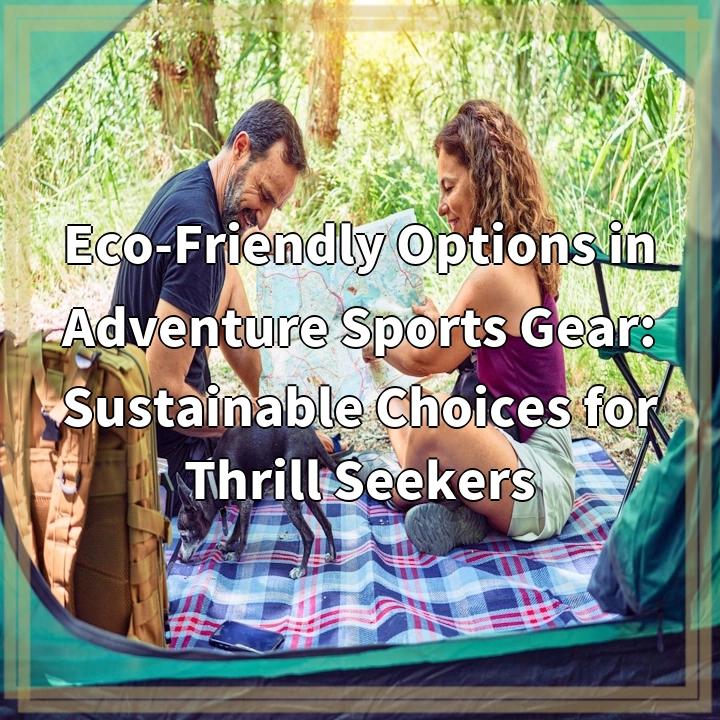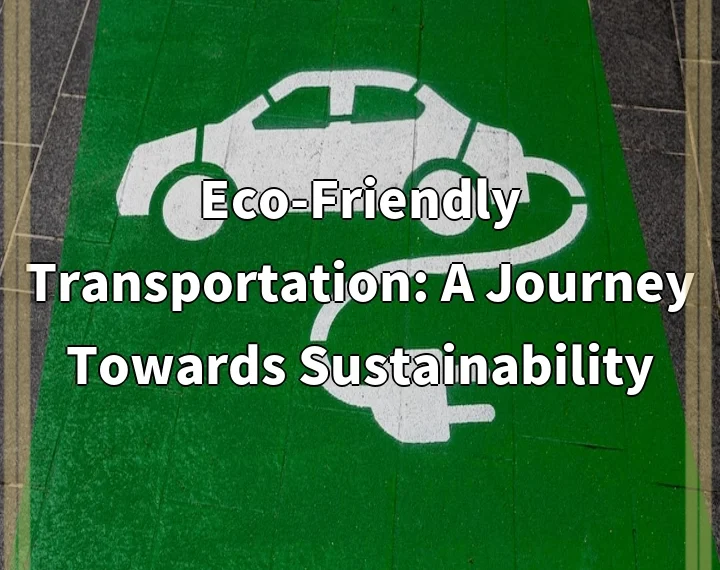
What it is:
Eco-friendly options in adventure sports gear refer to sustainable, environmentally conscious equipment and apparel designed for outdoor activities like hiking, climbing, kayaking, and skiing. These products are made from materials that minimize environmental impact, such as recycled plastics, organic cotton, or sustainably sourced wool. Brands that focus on eco-friendly gear not only prioritize the use of sustainable materials but also employ ethical manufacturing practices, reduce carbon footprints, and promote recycling initiatives. By choosing eco-friendly options, adventure sports enthusiasts can enjoy their favorite activities while supporting the health of the planet and its ecosystems.
Real-World Problems
Despite the growing availability of eco-friendly adventure sports gear, several real-world problems hinder broader adoption and sustainability within the industry.
Environmental Impact of Conventional Gear
Traditional adventure sports equipment often relies on non-renewable resources and synthetic materials, which can take hundreds of years to decompose. For instance, plastic-based products contribute to pollution and increased landfill waste. The manufacturing processes also frequently involve toxic chemicals that can harm local ecosystems.
Consumer Awareness and Perception
Many consumers may not be aware of the environmental impact of their gear choices or may prioritize cheaper options over sustainable ones. This lack of awareness can lead to continued support for brands that do not adopt environmentally friendly practices.
Higher Costs of Sustainable Options
Eco-friendly options often come at a premium price point due to the cost of sustainable materials and ethical manufacturing practices. As a result, many consumers may opt for cheaper, conventional alternatives, despite the adverse effects on the environment.
Limited Availability
While the market for eco-friendly adventure gear is growing, it remains limited in certain regions. Retailers may not stock a diverse range of sustainable gear, making it difficult for consumers to access eco-friendly options. This lack of availability can deter environmentally conscious consumers from making sustainable choices.
Lifecycle and Durability Concerns
Some eco-friendly products may not perform as well or have the same durability as their conventional counterparts. If outdoor enthusiasts perceive sustainable gear as less reliable, they may hesitate to invest in these options, ultimately impacting sales and the momentum towards more sustainable practices in the industry.

Solutions for Eco-Friendly Adventure Sports Gear
To address the real-world problems associated with eco-friendly options in adventure sports gear, various solutions can be implemented by consumers, manufacturers, and retailers. These solutions promote a more sustainable approach to adventure sports and help foster a culture of environmental responsibility.
Increased Consumer Awareness
Educating consumers about the environmental impact of their purchasing choices is crucial. Brands can leverage social media, blogs, and eco-awareness campaigns to communicate the benefits of eco-friendly gear. By highlighting the importance of sustainability and providing information on the materials and manufacturing processes, consumers can make informed decisions.
Investing in Sustainable Brands
Consumers can actively support eco-friendly brands by choosing to invest in their products. By prioritizing sustainable options, customers send a strong message to the market, encouraging more companies to adopt environmentally conscious practices. Purchasing high-quality gear that lasts longer can also reduce waste and increase sustainability.
Promoting Collaboration Among Brands
Manufacturers can work together to create industry standards for sustainable practices, such as the use of recycled materials and ethical labor. Collaborative initiatives can help develop innovations in sustainable technology and streamline supply chains, reducing costs and making eco-friendly options more accessible.
Expanding Access to Eco-Friendly Gear
Retailers can increase the availability of sustainable adventure sports gear by dedicating shelf space to eco-friendly products. Online retailers can enhance the visibility of eco-friendly options through targeted marketing and easy navigation filters, making it simpler for consumers to find sustainable alternatives.
Enhancing Product Durability
Manufacturers should focus on improving the performance and durability of eco-friendly gear to compete with traditional options. By investing in research and development, brands can create high-quality products that meet the demands of adventure sports enthusiasts while adhering to sustainable standards, thereby gaining consumer trust.
Creating Recycling and Take-Back Programs
Brands can establish recycling initiatives and take-back programs to encourage responsible disposal of gear at the end of its lifecycle. By facilitating the recycling of old equipment, companies can help reduce waste and promote a circular economy, allowing materials to be reused in the production of new gear.















